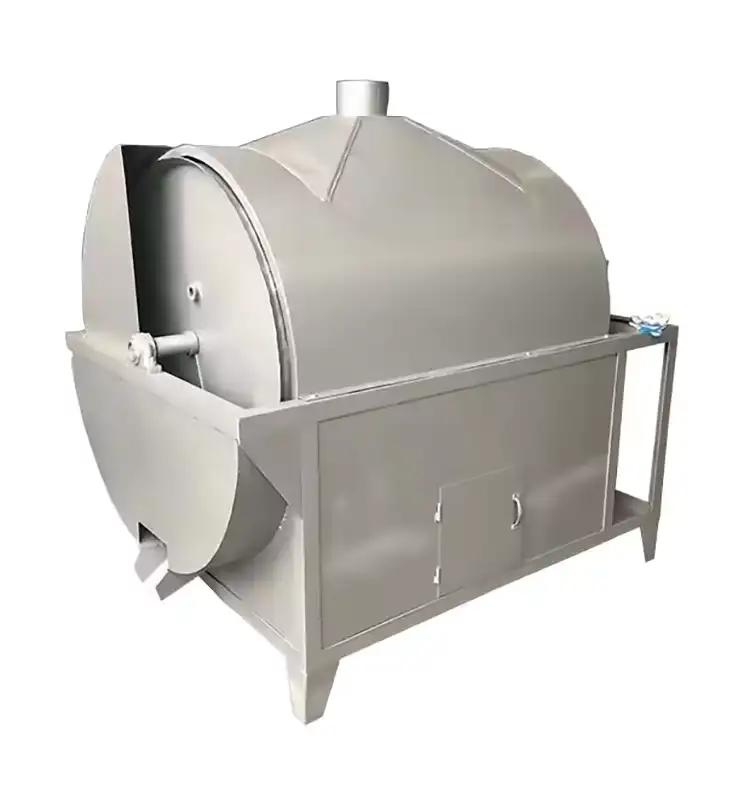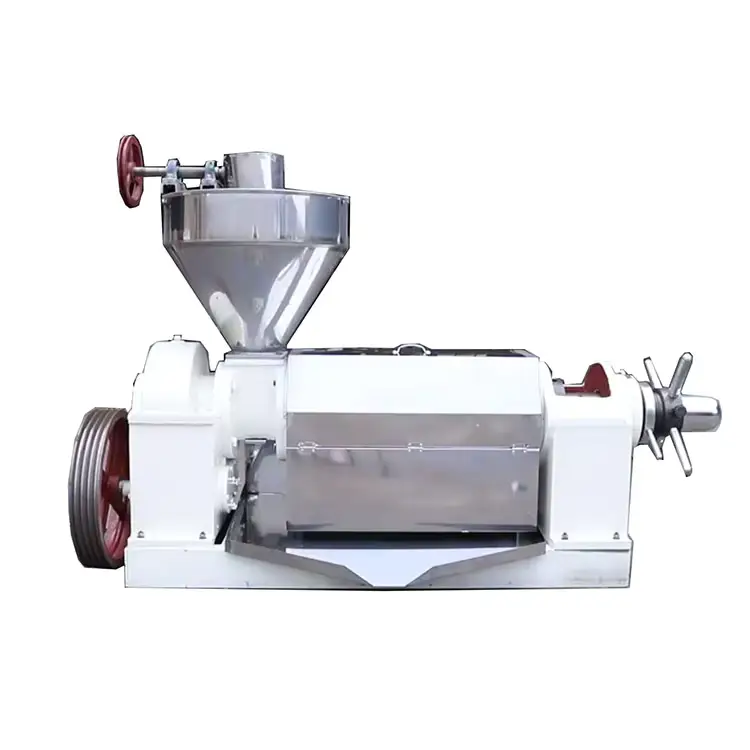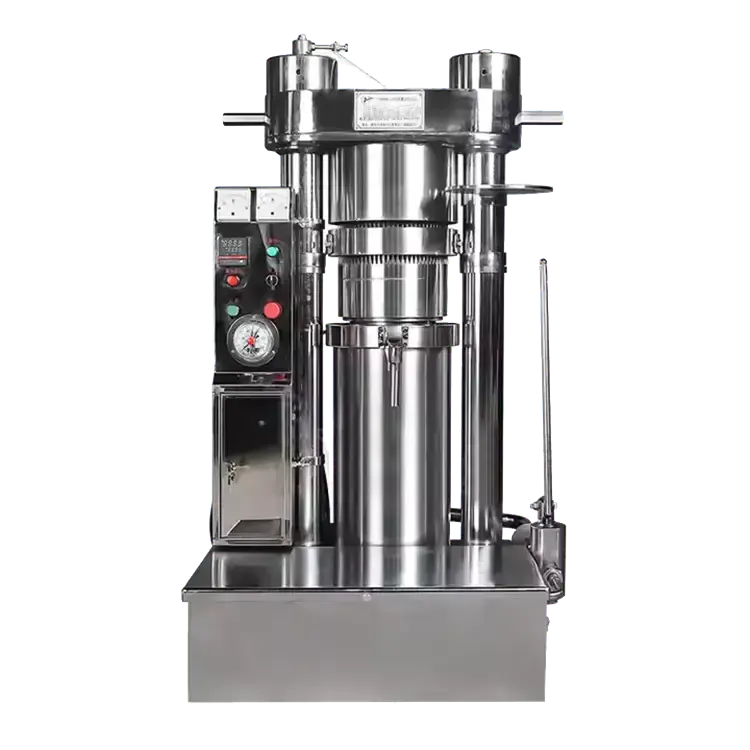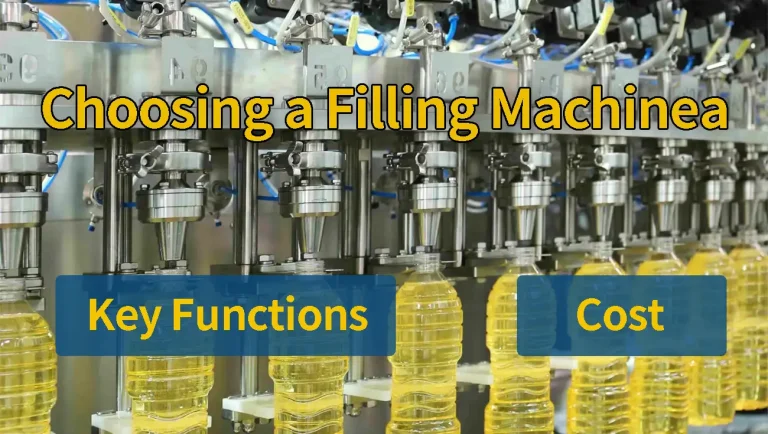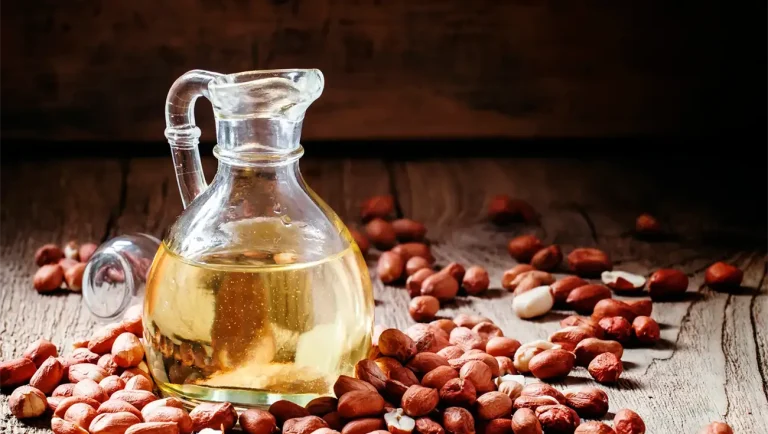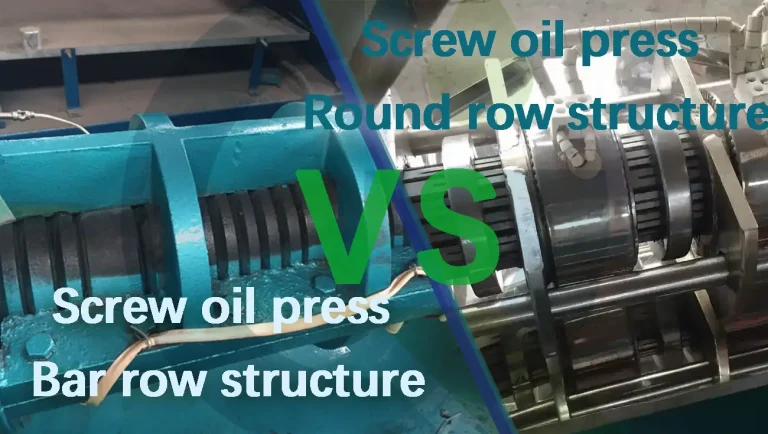Contact Us Now
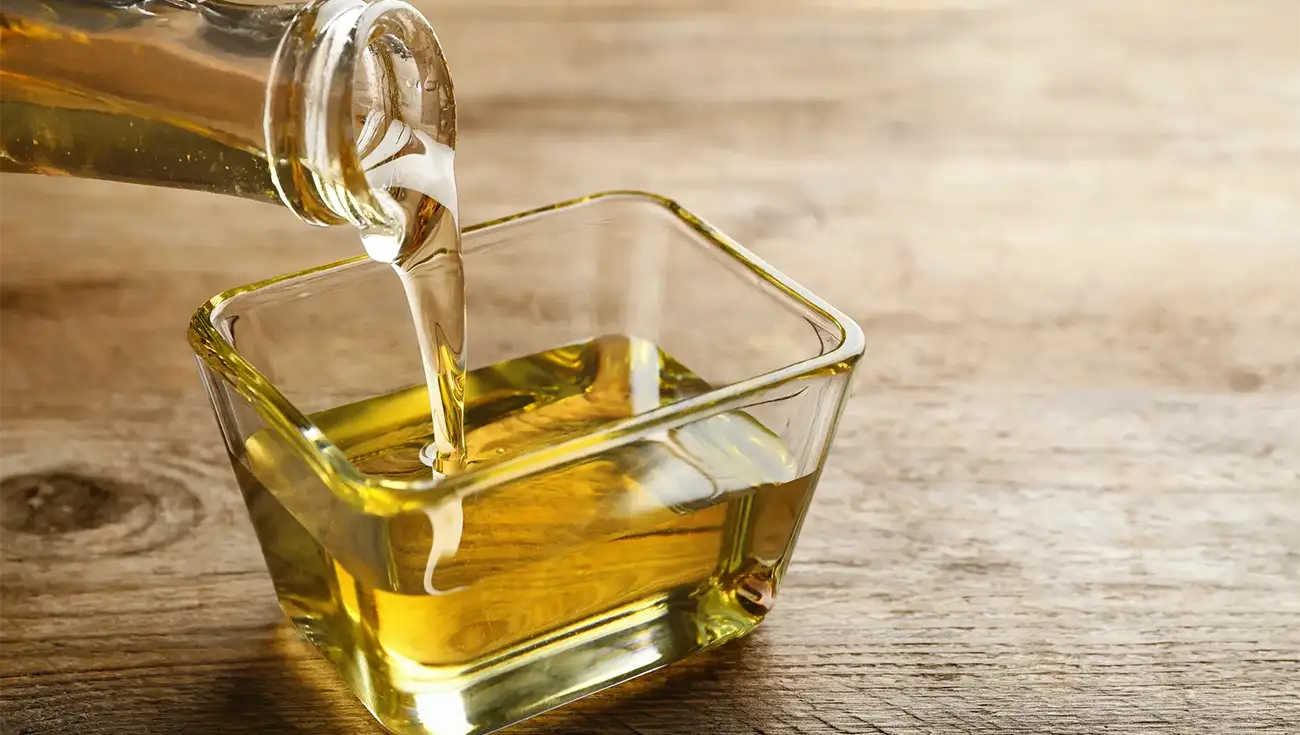
Have you ever finished pressing a batch and felt like the result was kinda disappointing? I know. It’s quite frustrating to see your seeds only turn to a very small amount of oil. You start to wonder if you’re doing something wrong or if your equipment just isn’t up to the task. The thing is, maximizing your oil output isn’t about one single secret; it’s about understanding a few key factors that all work together. And once you make some changes, you can see a huge difference in your results.
We’re going to walk through the practical steps you can take to boost your production. From picking the right seeds to fine-tuning your press, we’ll cover the simple adjustments that can turn a mediocre pressing session into a highly profitable one. I think you’ll be surprised at how small changes can lead to a much bigger oil yield and, ultimately, more money in your pocket.
What Does Oil Yield Mean?
Are you wondering what people even mean by “oil yield”? It’s basically the amount of oil you get from a certain amount of raw material. Think of it as a percentage. If you press 100 kilograms of sunflower seeds and get 30 kilograms of oil, your oil yield is 30%. Easy enough, right? But here’s the thing—that number is directly tied to your profitability.
Every drop of oil left behind in the press cake is money you’re not making. For small-scale producers, this is huge. Let’s imagine you’re pressing groundnuts. Boosting your Nuts Oil Yield by just 2% might not sound like a lot, but for every ton of nuts you process, that’s an extra 20 liters of oil. That could add up to hundreds, or even thousands, of rupiahs or dollars over a year. So, when we talk about improving oil yield, we’re really talking about making your operation more efficient and profitable.
Which is exactly the point. A higher yield means a better return on your investment in seeds, equipment, and your time.
How to Increase Oil Yield from Nuts and Oilseeds?
I wish I could tell you there’s one single ultimate method or device for a higher oil yield, but the truth is a little more hands-on. It’s not one big thing, but a series of small, important steps that work together. The final output is influenced by a whole range of factors, and I mean a lot.
We’re talking about everything from the oilseed itself—its type, specific variety, and even quality grade—to how you prepare it. Think about the moisture content of the seeds, the level of impurities like sand or twigs, and the pressing temperature you choose. And that’s not all. Your pressing method, whether it’s a screw press versus a hydraulic press, or hot pressing versus cold pressing, plays a huge role. Even the pressure settings on your equipment and the overall reliability of your machine can make or break your results.
The good news? None of this is rocket science. We’re about to walk through each of these points so you can pinpoint exactly where you can make simple tweaks for a bigger return.
How Do Crop Types and Varieties Affect Oil Yield?
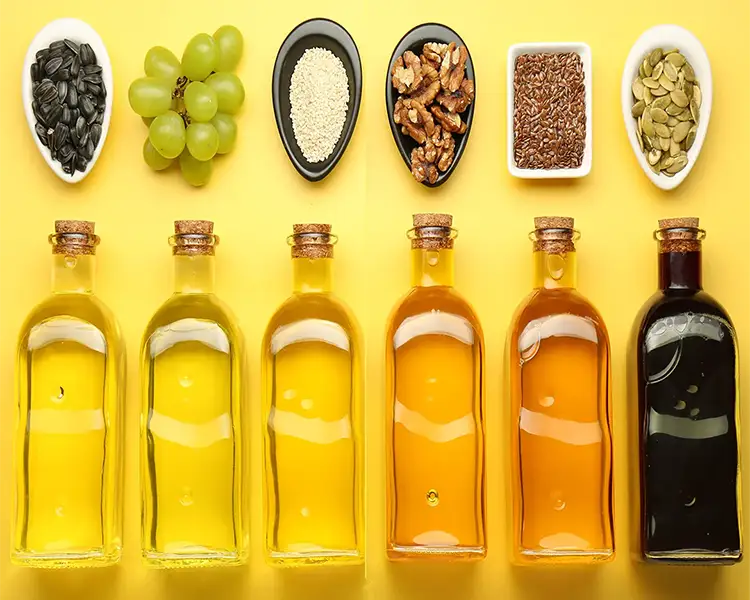
Ever wonder why some peanuts just seem to produce more oil than others? Well, you’re not imagining it. The type and quality of the raw material you start with is, without a doubt, one of the biggest factors in determining your final oil yield. It’s something we struggle with, but it’s a basic place to start.
One of my clients from Malaysia commented on his farm: some varieties of sunflowers are specifically bred to be oil-rich, while others are grown for snacking and have a lower oil content. The same goes for nuts. Plump, mature groundnuts will naturally contain more oil than shriveled, underdeveloped ones. I’ve been in your shoes, trying to get oil from a low-quality batch of seeds, and the results are always disappointing. It’s not your fault; there just isn’t much oil there to begin with.
So, the first step to a better yield is always to start with the best quality, highest oil-content crops you can find. It sets you up for success before you even turn on the oil press Machine.
The "Just Right" Moisture Level for Higher Oil Yield
I know how frustrating it is to do everything right and still get a low Oilseeds Oil Yield. Oftentimes, the problem is something you can’t even see: moisture. The moisture content of your seeds or nuts has to be just right, kind of like Goldilocks’ porridge.
If your seeds are too wet, you’ll run into trouble. The water mixes with the oil during pressing and creates a murky emulsion, making it incredibly difficult to separate the pure oil. You end up with a mess, and a lot of that precious oil stays trapped. On the flip side, if your seeds are too dry, they become hard and can even burn from the friction inside the press, giving the oil an off-flavor and, you guessed it, a lower yield. Most nuts and seeds press best when their moisture content is below 7%.
The key is finding that perfect balance. Sometimes this means sun-drying your seeds, or even using a roasting machine to gently reduce the moisture before pressing. By roasting the oilseeds, the oil yield can be largely increased, and the oil yield of hot pressing is twice that of cold pressing. It’s an extra step, but it pays off.
Meet GQ-Agri Drum Roasting Machine!
In your pursuit of optimal oil yield, precise moisture and temperature control are critical. GQ-Agri Roasting Machine intelligently preheats oilseeds (peanuts, soybeans, rapeseed, etc.) to species-specific conditions – achieving ideal moisture levels of 5%-11% and temperatures up to 230°C. This reduces residual oil in cakes, enhances oil fluidity, and boosts yield by 3-6% while preserving natural flavors.
Why Cleaning and Screening Boosts Your Oil Output.
Here’s an analogy I like to use: you wouldn’t put dirty fuel in your car, right? So, why would you put uncleaned seeds into your oil press? It seems obvious, but many of us overlook just how much of an impact debris can have on our oil yield.
When you press a batch of seeds that still has sand, dirt, twigs, or other contaminants, those impurities act like tiny sponges. They soak up the valuable oil as it’s being extracted, trapping it in the waste cake. Also, hard materials like small stones can cause extra wear and tear on your machine’s screw, reducing its efficiency over time. Taking the time to clean and sift your raw materials first makes a huge difference. I remember helping a small operation in Germany that was struggling with their rapeseed oil yield. The problem? They were skipping the initial cleaning. Once they started using a simple sifting machine to remove stones and field debris, their yield jumped by nearly 5%.
And speaking of preparation, for some crops, it’s not just about what you remove, but also what you break open. Think about peanuts. Their shells contain almost no oil. Pressing them whole means your machine is wasting energy on useless material. That’s where a shelling machine becomes essential. By removing the husks before pressing, you’re only processing the oil-rich kernels, which dramatically increases the oil concentration of your batch and leads to a much better yield. A little bit of prep work upfront goes a long way.
Does Your Pressing Method Matter for Oil Yield?
Hot press or cold press? It’s a question we get all the time, and the answer really depends on what you want to achieve. Each method has a direct impact on your final yield, and it’s important to know the difference.
Basically, hot pressing involves roasting or heating the seeds before they go into the press. This heat helps break down the cell walls of the seeds, making it much easier for the oil to escape. In fact, in my experience, hot pressing can sometimes yield almost twice as much oil as cold pressing the same batch. The trade-off is that the heat can alter the flavor and color of the oil, and it might require some refining afterward.
Cold pressing, on the other hand, skips the heating step. The oil you get is purer and often considered higher quality, but you will leave more oil behind in the press cake. It’s a classic case of quantity versus quality. But for some crops like avocado, cold pressing is the only way to produce. However, at GQ Agri, we have some of the strongest cold press machines that are powerful enough to maximize production and leave minimum oil in the press cake.
In most business settings, the screw press is the workhorse. Think of it like a powerful auger. The seeds are fed into a barrel where a revolving screw shaft continuously crushes and squeezes them. The friction and intense pressure force the oil out through tiny openings in the barrel, while the dry cake gets pushed out the end. This method is great for continuous work with large volumes of seeds like peanuts or soybeans. And that friction? It actually generates heat, which, as we know, helps release more oil and can even add a nice, toasty flavor.
Then you have the hydraulic press. This machine uses static liquid pressure—imagine a slow, firm, unrelenting grip that squeezes the oil out. It’s perfect for oil-rich seeds like sesame or walnuts. What I really appreciate is that this method is “cold,” meaning it doesn’t create heat. This preserves the oil’s natural nutrients and taste, making it ideal for high-quality cold-pressed products. The oil comes out incredibly clear, but the trade-off is a lower yield compared to a screw press.
So, choosing the right method comes down to balancing your desire for a higher yield with the kind of oil you want to produce.
Getting the Temperature Just Right for Hot Pressing.
Speaking of which, let’s talk about the “hot” in hot pressing. How hot is too hot? This is where a lot of people get tripped up. The goal of heating or roasting your seeds is to prepare them for maximum extraction, not to cook them.
When you apply the right amount of heat, you’re actually doing a few things at once. You’re reducing the moisture content, which we already know is important. You’re also breaking down the internal cell structures, which allows the oil to flow more freely. I’ve seen companies get incredible results by carefully fine-tuning this step. For example, some peanut processors heat their kernels to around 130°C right before pressing, because at that temperature, the oil is less viscous and flows out easily. This simple step can dramatically increase the oil yield.
The bottom line is that mastering temperature control is a key skill for anyone serious about hot pressing. It’s the difference between an average yield and an excellent one. Click here to read more about temperature in hot pressing.
How an Oil Press Machine's Pressure Maximizes Yield.
I’ve seen it happen: a great batch of seeds, perfect prep, and still a disappointing result. Well, the issue is often pressure. An oil press works by applying immense force to squeeze the oil out, and how you manage that pressure is critical for a good yield.
Most expeller presses have an adjustment bolt or a choke ring at the outlet. This little piece of hardware is your best friend. It controls the opening where the dry press cake exits, which in turn regulates the amount of pressure inside the barrel. Tighten it, and you increase the pressure; loosen it, and you decrease it. Different seeds require different pressures. Softer nuts might need less pressure, while hard seeds like moringa need more. You’ll know you have it right when the press cake comes out as a thin, hard, and very dry string or flake.
I worked with a small logistics firm in Texas that started pressing pecan oil on the side. At first, their yield was low. But after we worked with them to change the pressure settings on their press, they reported a 15% increase in production. Don’t be afraid to experiment and find the best pressure setting for your current crop.
Regular Maintenance Ensures a Stable Oil Yield.
We all know we should do regular maintenance on our equipment, but it’s one of those tasks that’s easy to push to the side. The thing is, a neglected oil press is an inefficient one, and it could be costing you more than you think.
Think about the core components. If the screw inside your press is worn down, it won’t be able to generate enough pressure to extract all the oil. If your filter system is clogged, oil can back up and get reabsorbed into the press cake. Even something as simple as a blocked outlet can cause problems. I remember one client who couldn’t figure out why his yield had dropped, and it turned out the exit chute for the cake was partially blocked, creating back pressure and reducing efficiency.
Regular cleaning and part-checks aren’t just chores. They are an investment that will ensure your oil press operates at its best and gives you the highest yield every time.
Statistical Table of Oil Yield of Common Crops.
You’re probably wondering what a “good” oil yield even looks like for different crops. It’s a fair question. The numbers can vary quite a bit based on all the factors we’ve discussed, but it helps to have a general baseline. We’ve put together a simple chart to give you an idea of what to expect from some common raw materials.
| Material Type | Crop Name | Typical Oil Yield (%) |
|---|---|---|
| Nuts | Almond | 50-60% |
| Brazil Nut | 60-70% | |
| Coconut | 65-70% | |
| Macadamia Nut | 65-80% | |
| Peanut | 40-50% | |
| Pine Nut | 50-70% | |
| Shea Nut | 45-50% | |
| Walnut | 45-60% | |
| Oilseeds | Black Seed (Nigella) | 30-35% |
| Castor Seed | 35-58% | |
| Cottonseed | 15-25% | |
| Flaxseed | 34-40% | |
| Mustard Seed | 25-35% | |
| Pumpkin Seed | 46% | |
| Rapeseed (Canola) | 35-45% | |
| Safflower Seed | 32-45% | |
| Sesame Seed | 45-55% | |
| Soybean | 13-18% | |
| Sunflower Seed | 30-45% | |
| Tung Seed | 30-37% | |
| Fruits | Avocado | 15-22% |
| Olive | 15-22% | |
| Palm Fruit | 20-22% | |
| Grains / By-products | Corn Germ | 25-35% |
| Rice Bran | 9-15% | |
| Herbs & Spices | Basil | 0.5-1% |
Keep in mind these are just averages. With proper preparation and an efficient pressing process, you can often push your oil yield to the higher end of these ranges, or sometimes even beyond them. This table should give you a good benchmark to aim for.
As you can see, getting more oil from your seeds and nuts isn’t about some complicated industry secret. It comes down to paying attention to the details. By starting with high-quality, clean raw materials, ensuring the moisture content is just right, and fine-tuning your machine’s settings, you can consistently improve your results. Each step, from preparation to pressing to maintenance, adds up to a more efficient and profitable operation.
Ready to see how much you can improve? For a limited time, we’re offering a free analysis of your current oil yield. Send us your crop type and current production numbers, and our team will provide a complimentary technical review with suggestions on how you can boost your output. Contact us today to get started!
Have questions about starting a rural oil pressing business?
We will help you choose the right oil press and increase oil yield to achieve higher profits.
What’s the biggest mistake people make when pressing oil?
The most common mistake is poor seed preparation, especially moisture control. Seeds that are too wet create an emulsion and trap oil, while seeds that are too dry can burn and also yield less. Getting the moisture content right is the first step to a good press.
Is hot pressing or cold pressing better for oil yield?
Hot pressing almost always produces a higher oil yield. The heat breaks down cell walls, allowing more oil to be released. However, cold pressing produces a more natural, unrefined oil, so the choice depends on whether you prioritize quantity or a specific quality.
How can I tell if my press cake is dry enough?
A good press cake should be very dry, hard, and come out as a thin flake or a continuous string. If the cake is mushy, thick, or feels greasy, it means too much oil is being left behind, and you likely need to increase the pressure.
Can I re-press the cake to get more oil?
With a high-quality, efficient press, re-pressing the cake is usually not effective. A well-tuned machine should extract the vast majority of the oil on the first pass. If you feel there’s still a lot of oil left, it’s better to check your machine’s settings and maintenance.
If you are using an old model machine or special oil pressing crops. You can also try secondary pressing. All conclusions come from reality.
Does shelling nuts always improve the oil yield?
Yes, shelling or dehusking nuts and seeds significantly improves the yield. Shells contain very little to no oil and just add bulk. Removing them increases the concentration of oil-bearing material in your batch, ensuring the press is only working on the valuable part of the crop.


